|
|
|
Courtsweb II: A Visual Description of Federal Courthouses |
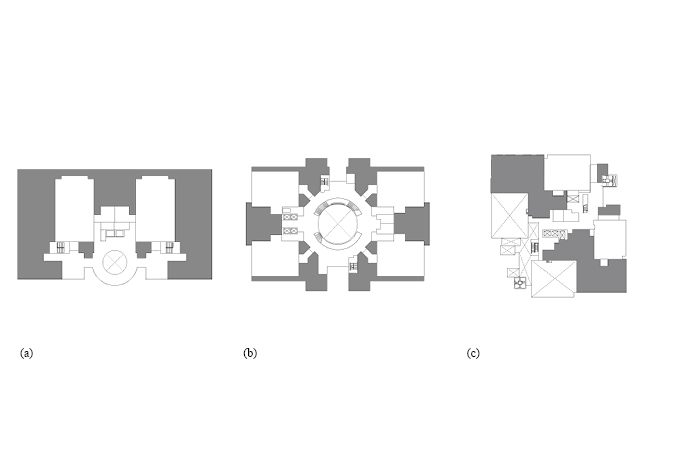
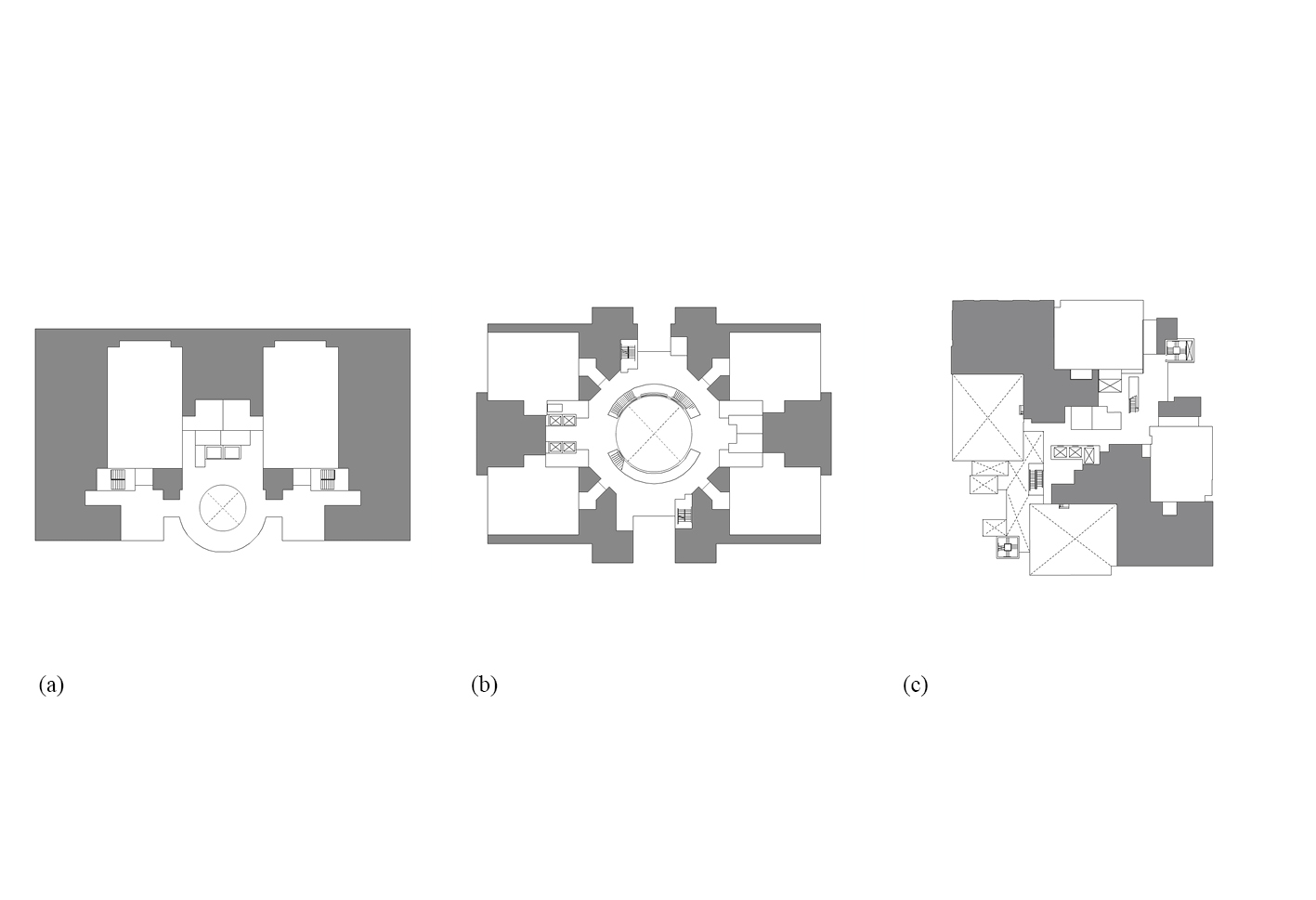
01. Figure-ground diagrams (courtrooms and public zone) of (a) C.B. King United States Courthouse (Albany, GA); (b) Pete V. Domenici United States Courthouse (Albuquerque, NM); and (c) Austin United States Courthouse (Austin, TX)
|
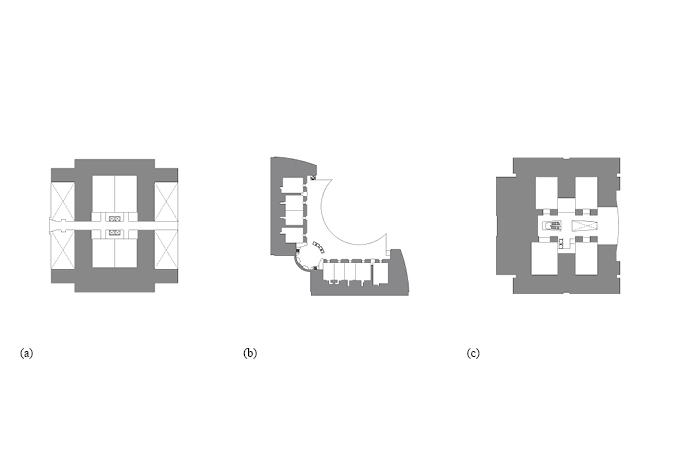
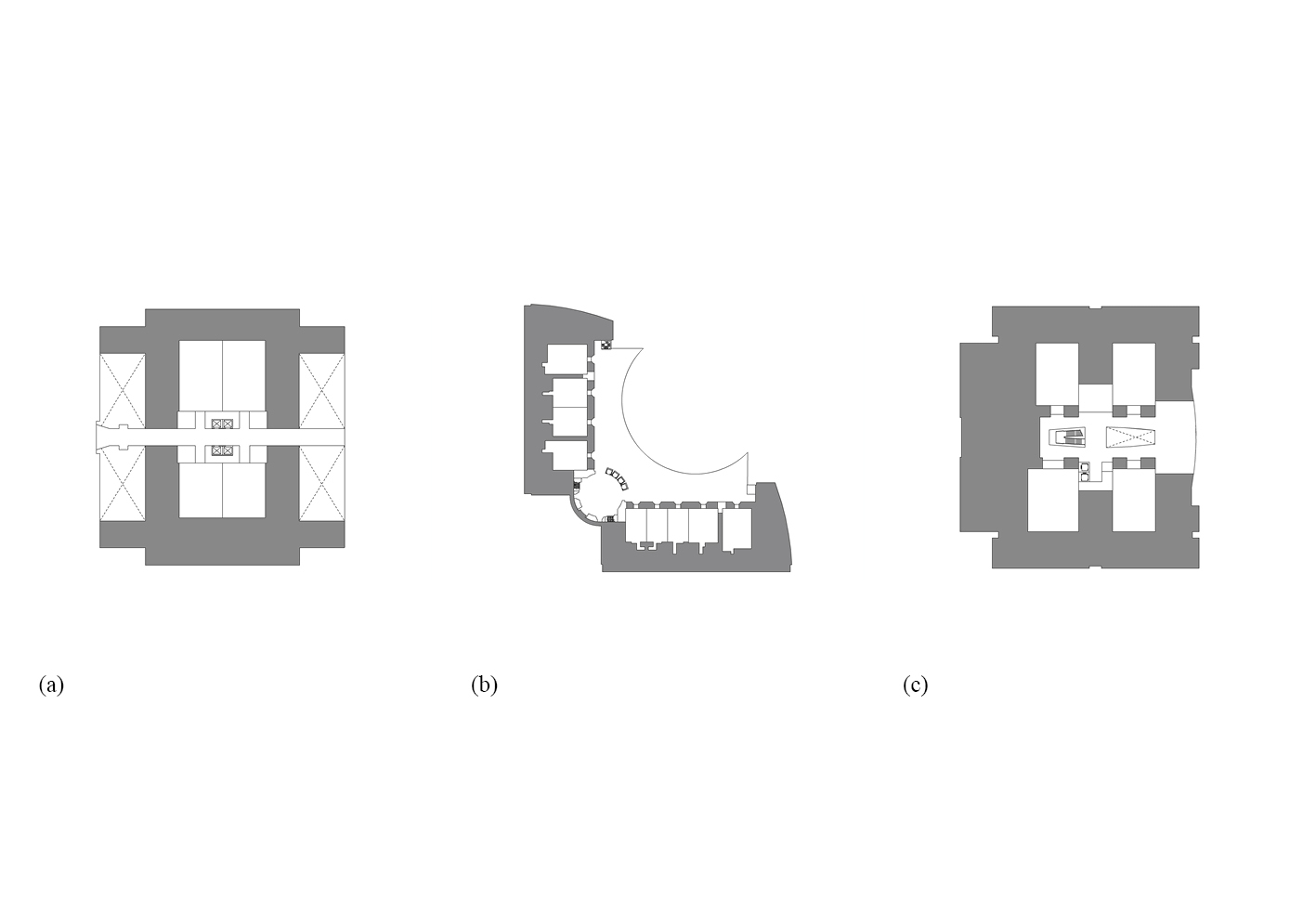
02. Figure-ground diagrams (courtrooms and public zone) of (a) Russell B. Long United States Courthouse (Baton Rouge, LA); (b) John Joseph Moakley United States Courthouse (Boston, MA); and (c) Brownsville United States Courthouse (Brownsville, TX)
|
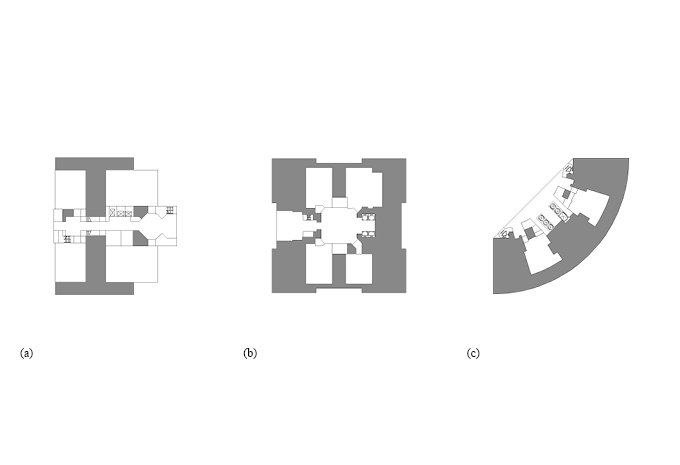
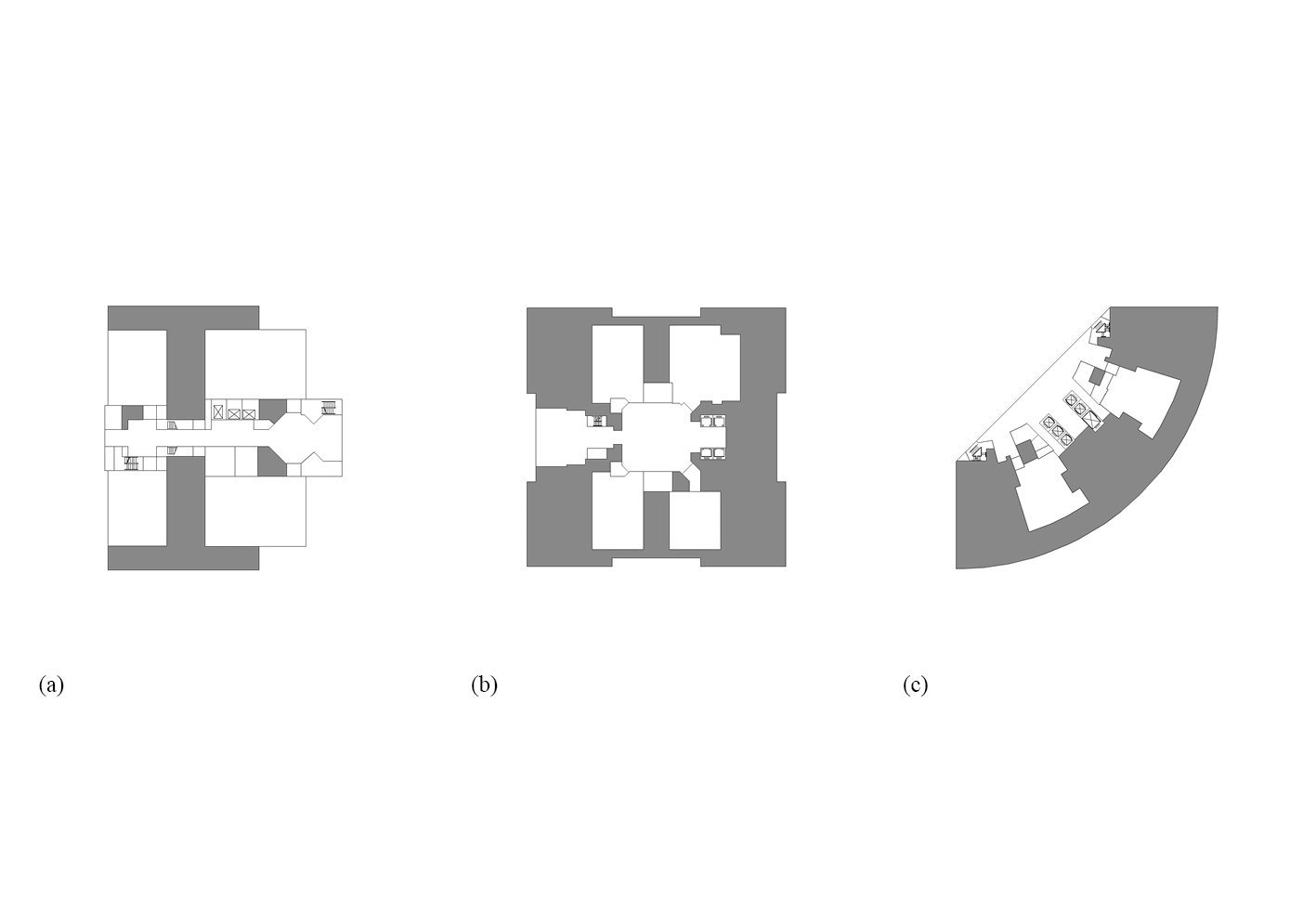
03. Figure-ground diagrams (courtrooms and public zone) of (a) Mitchell H. Cohen United States Courthouse Annex (Camden, NJ); (b) Robert C. Byrd United States Courthouse (Charleston, WV); and (c) Carl B. Stokes United States Courthouse (Cleveland, OH)
|
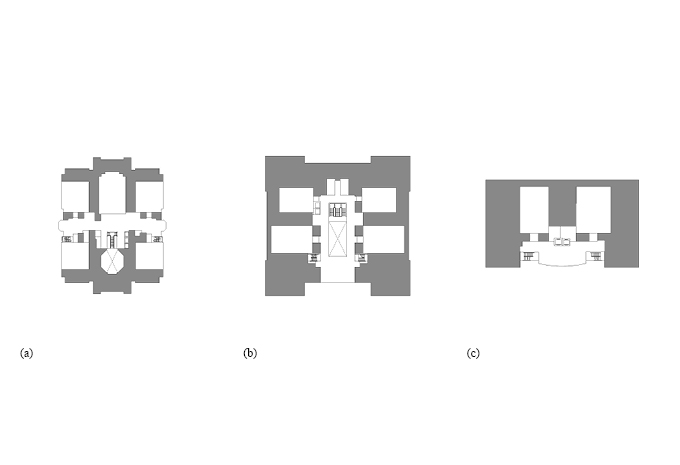
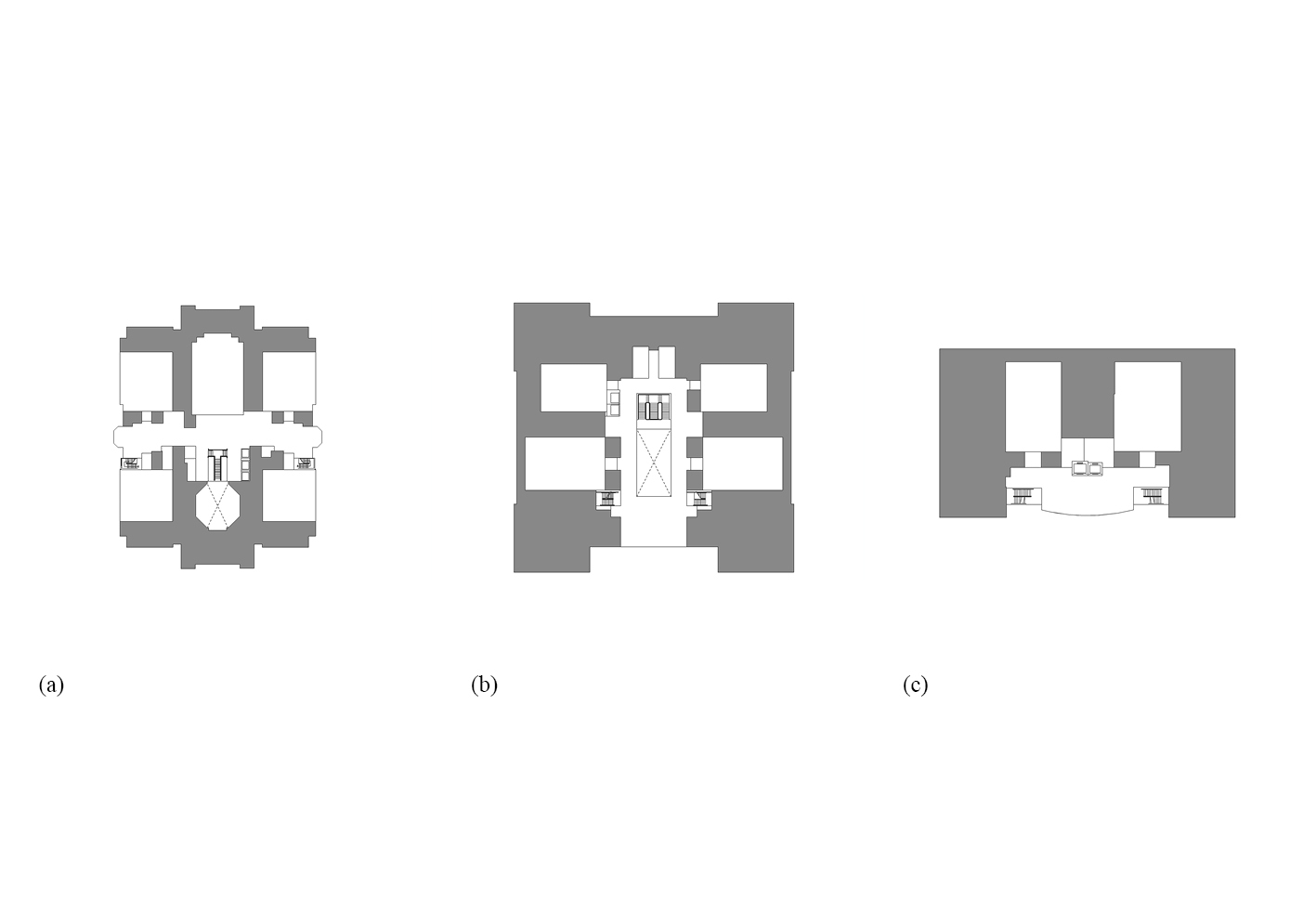
04. Figure-ground diagrams (courtrooms and public zone) of (a) Warren B. Rudman United States Courthouse (Concord, NH); (b) Corpus Christi United States Courthouse (Corpus Christi, TX); and (c) Covington United States Courthouse (Covington, KY)
|
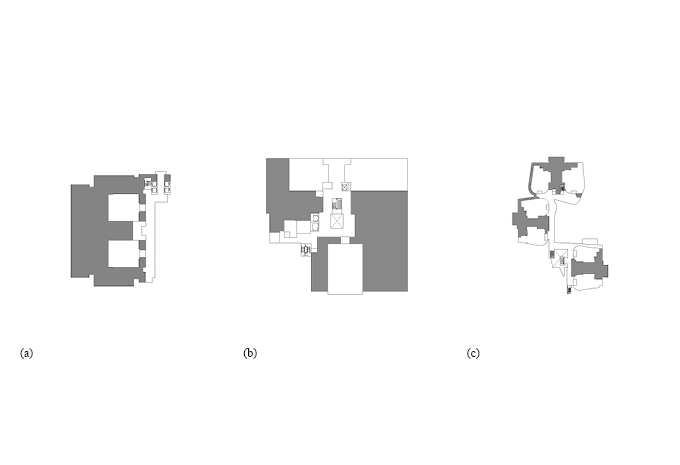
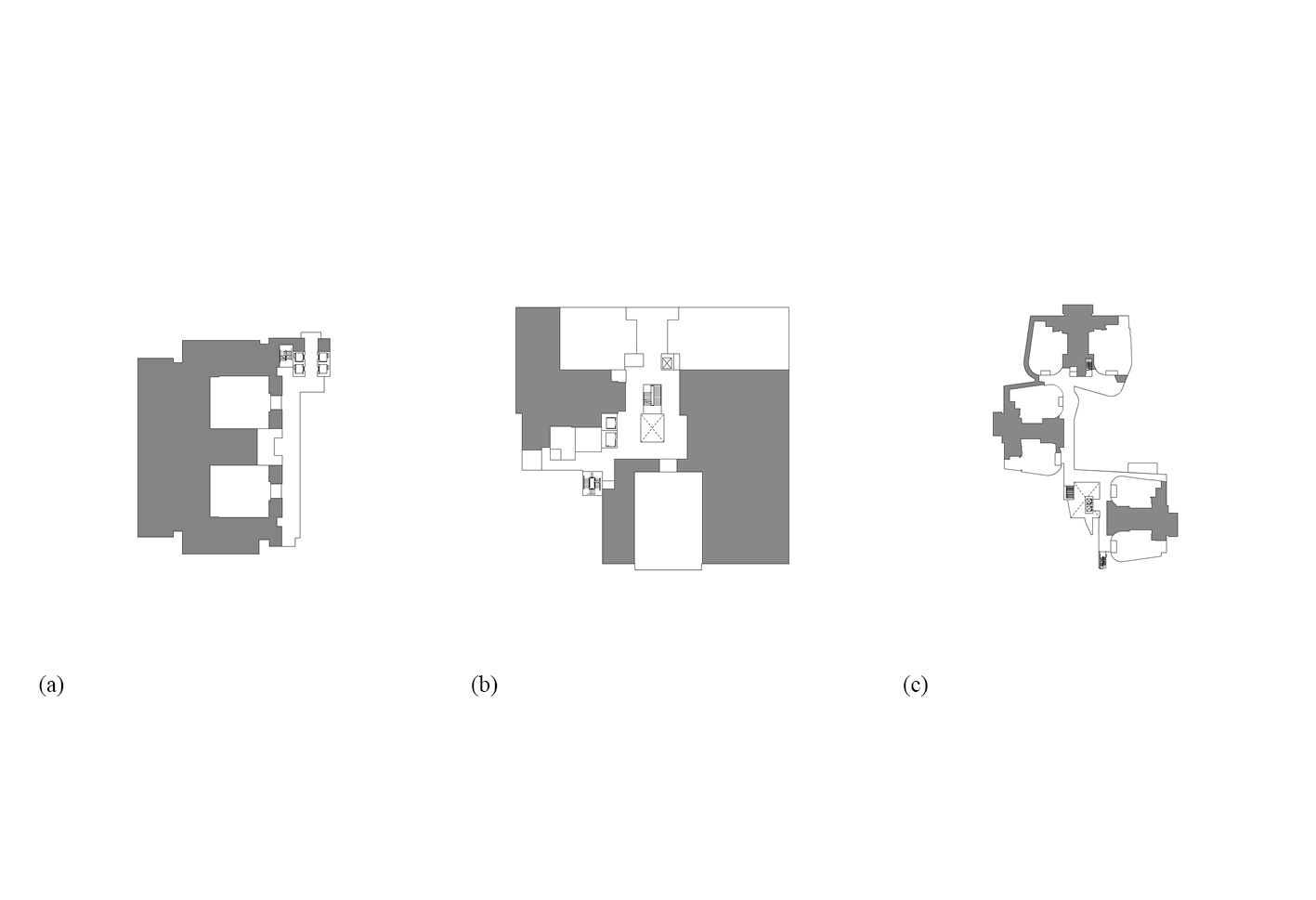
05. Figure-ground diagrams (courtrooms and public zone) of (a) Alfred A. Arraj United States Courthouse (Denver, CO); (b) Erie United States Courthouse (Erie, PA); and (c) Wayne Lyman Morse United States Courthouse (Eugene, OR)
|
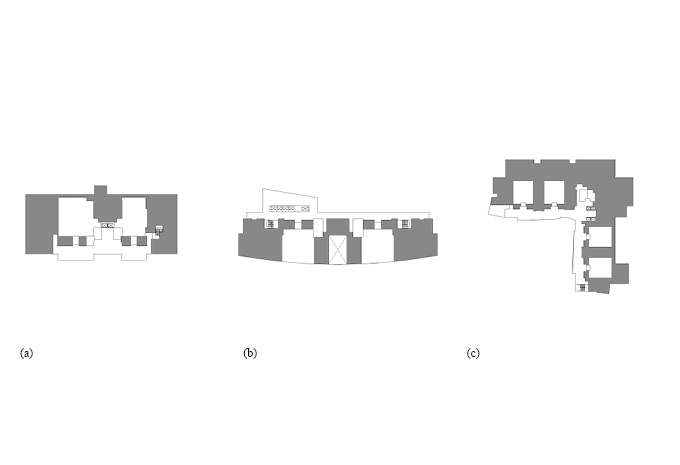
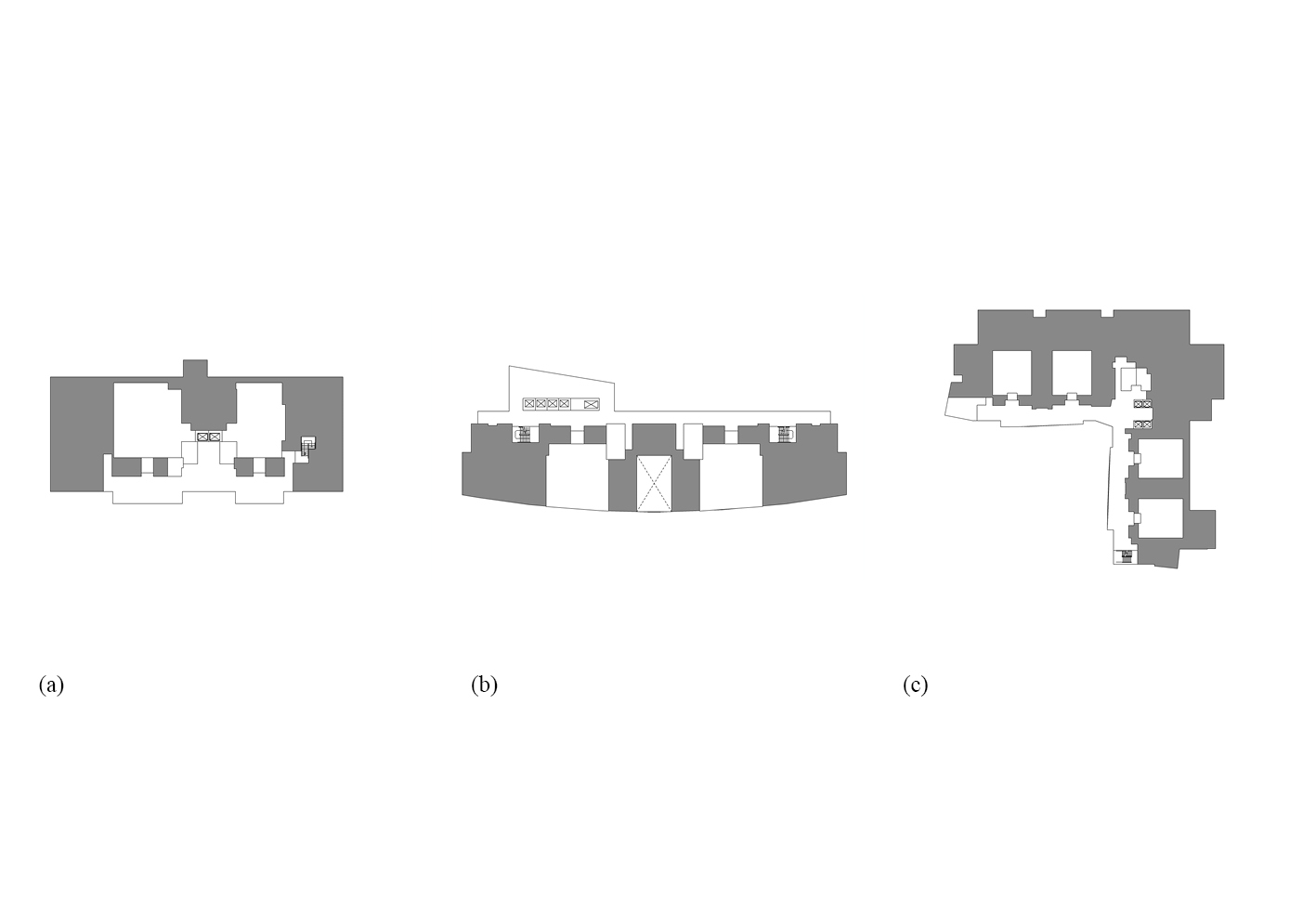
06. Figure-ground diagrams (courtrooms and public zone) of (a) Quentin N. Burdick United States Courthouse Annex (Fargo, ND); (b) Fort Myers United States Courthouse (Fort Myers, FL); and (c) Robert E. Coyle United States Courthouse (Fresno, CA)
|
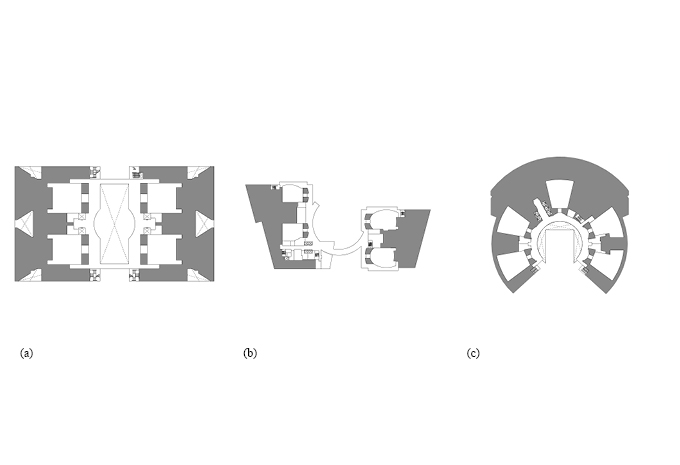
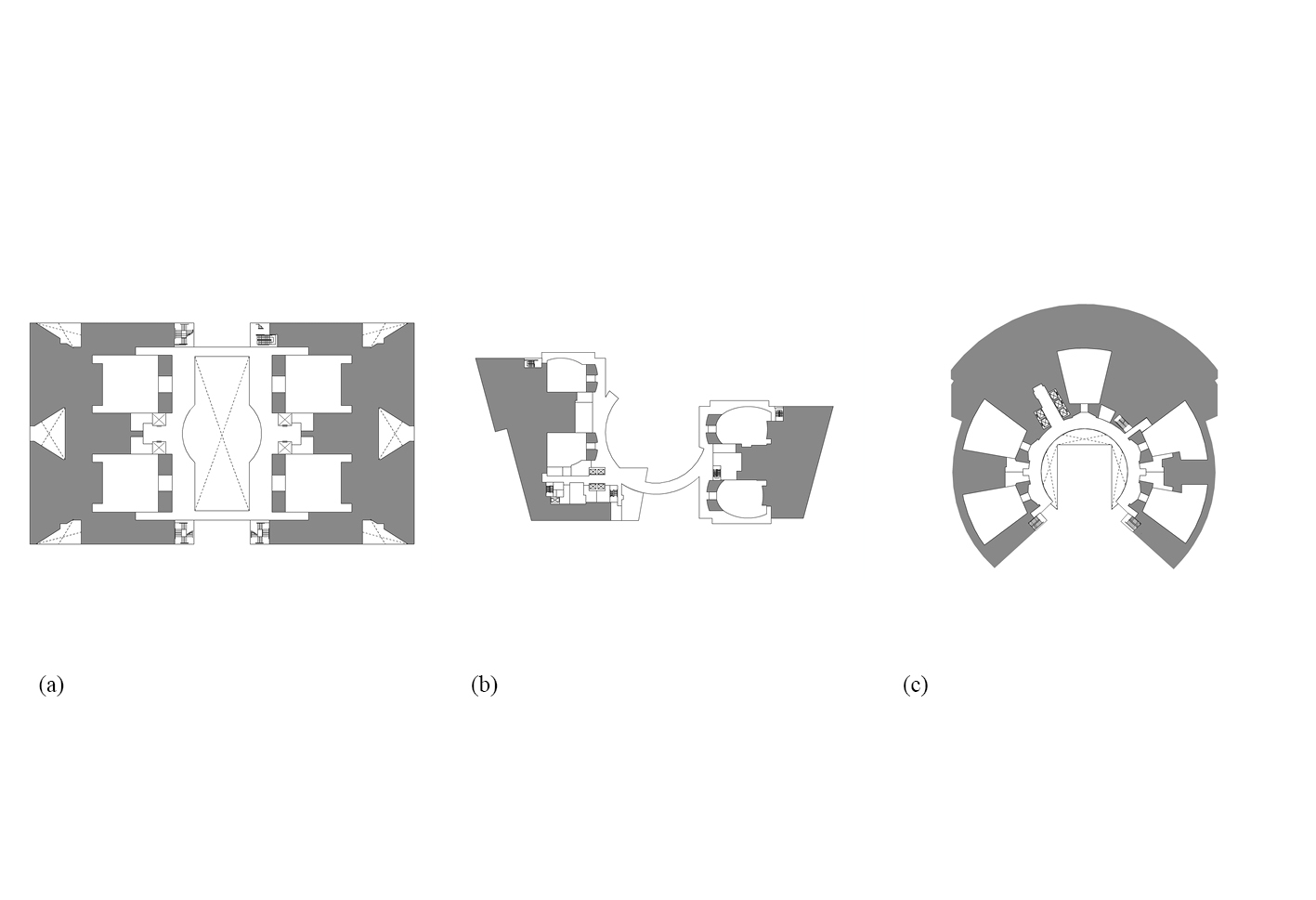
07. Figure-ground diagrams (courtrooms and public zone) of (a) Hammond United States Courthouse (Hammond, IN); (b) Jackson United States Courthouse (Jackson, MS); and (c) Charles Evans Whittaker United States Courthouse (Kansas City, MO)
|
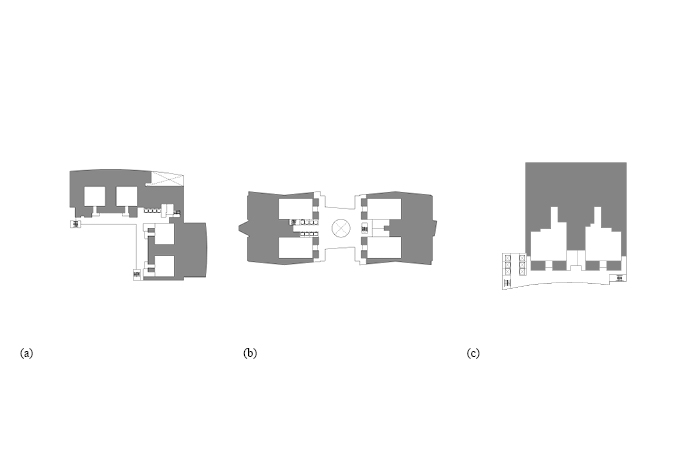
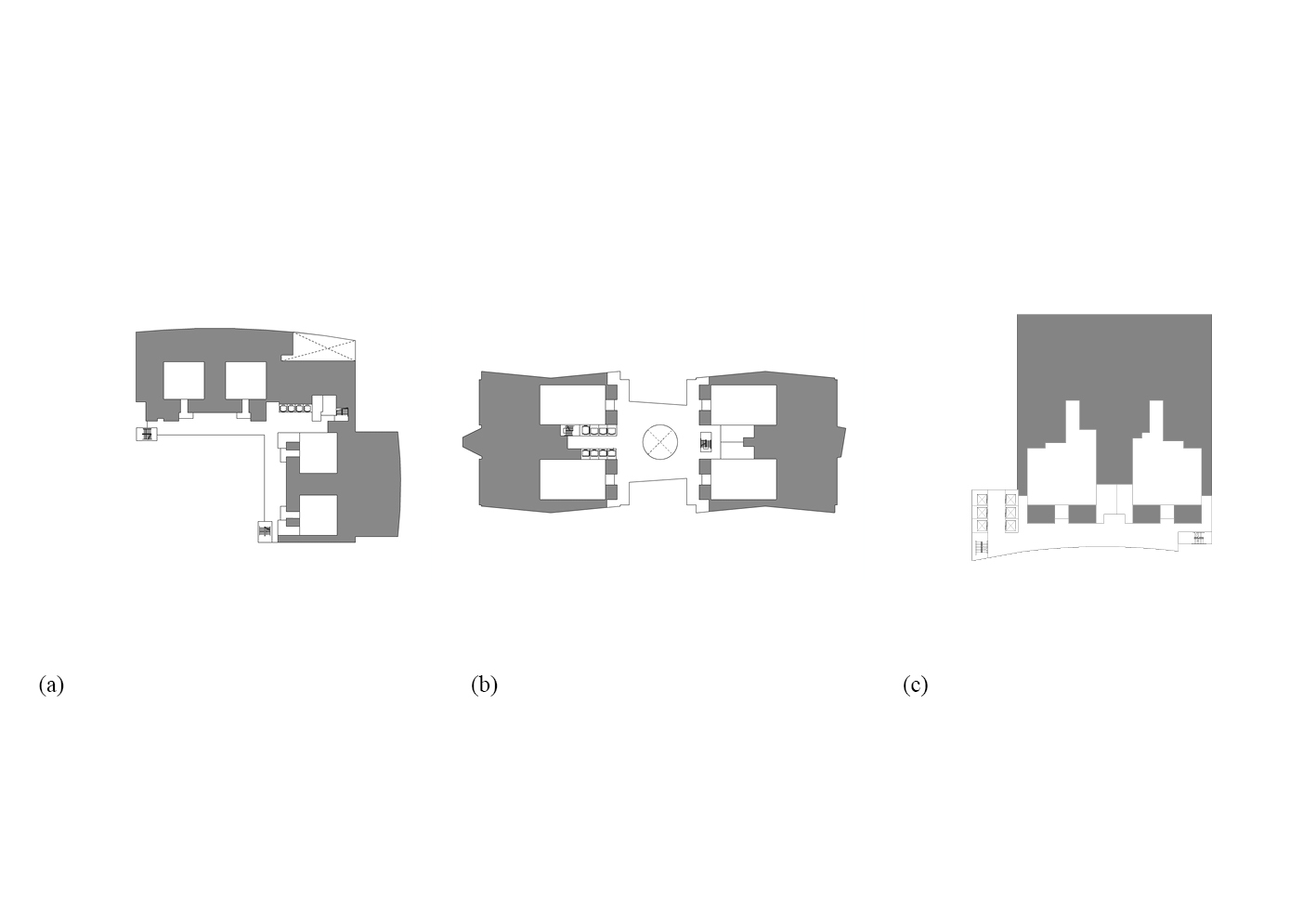
08. Figure-ground diagrams (courtrooms and public zone) of (a) Lloyd D. George United States Courthouse (Las Vegas, NV); (b) Wilkie D. Ferguson, Jr. United States Courthouse (Miami, FL); and (c) Minneapolis United States Courthouse (Minneapolis, MN)
|
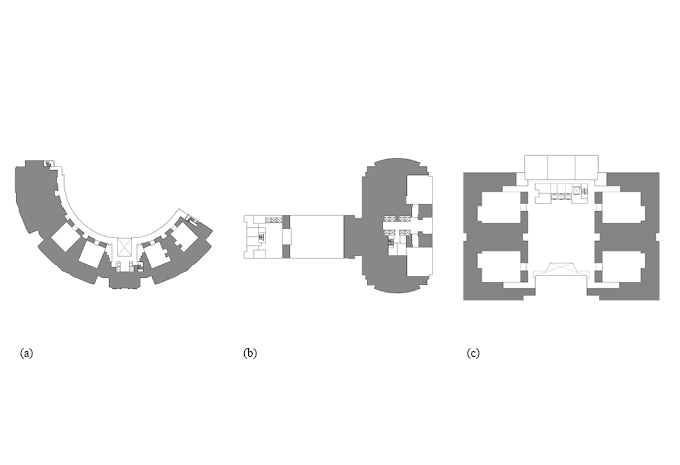
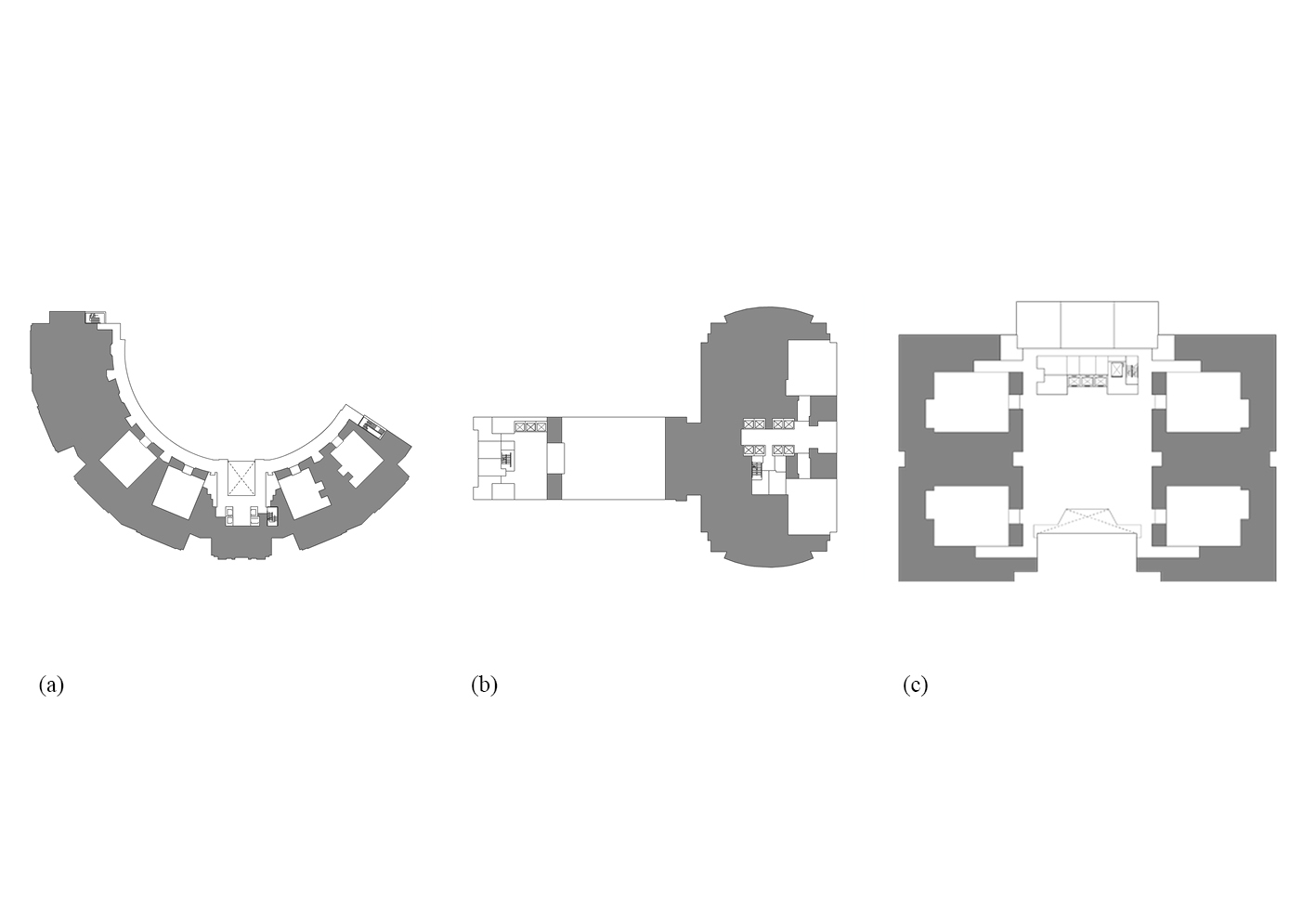
09. Figure-ground diagrams (courtrooms and public zone) of (a) Frank M. Johnson, Jr. United States Courthouse Annex (Montgomery, AL); (b) Daniel Patrick Moynihan United States Courthouse (New York, NY); and (c) Roman L. Hruska United States Courthouse (Omaha, NE)
|
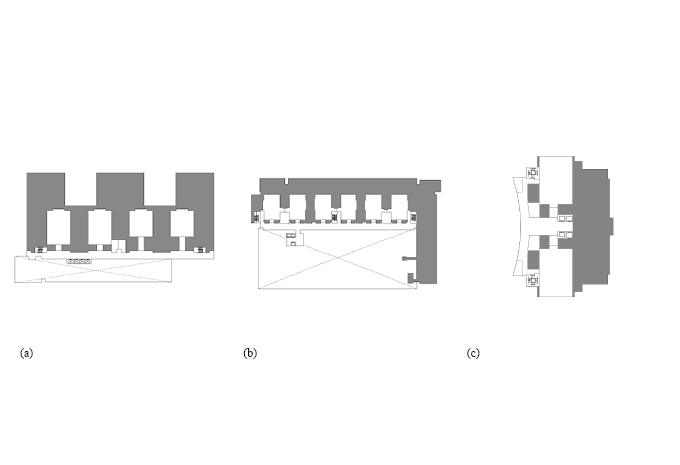
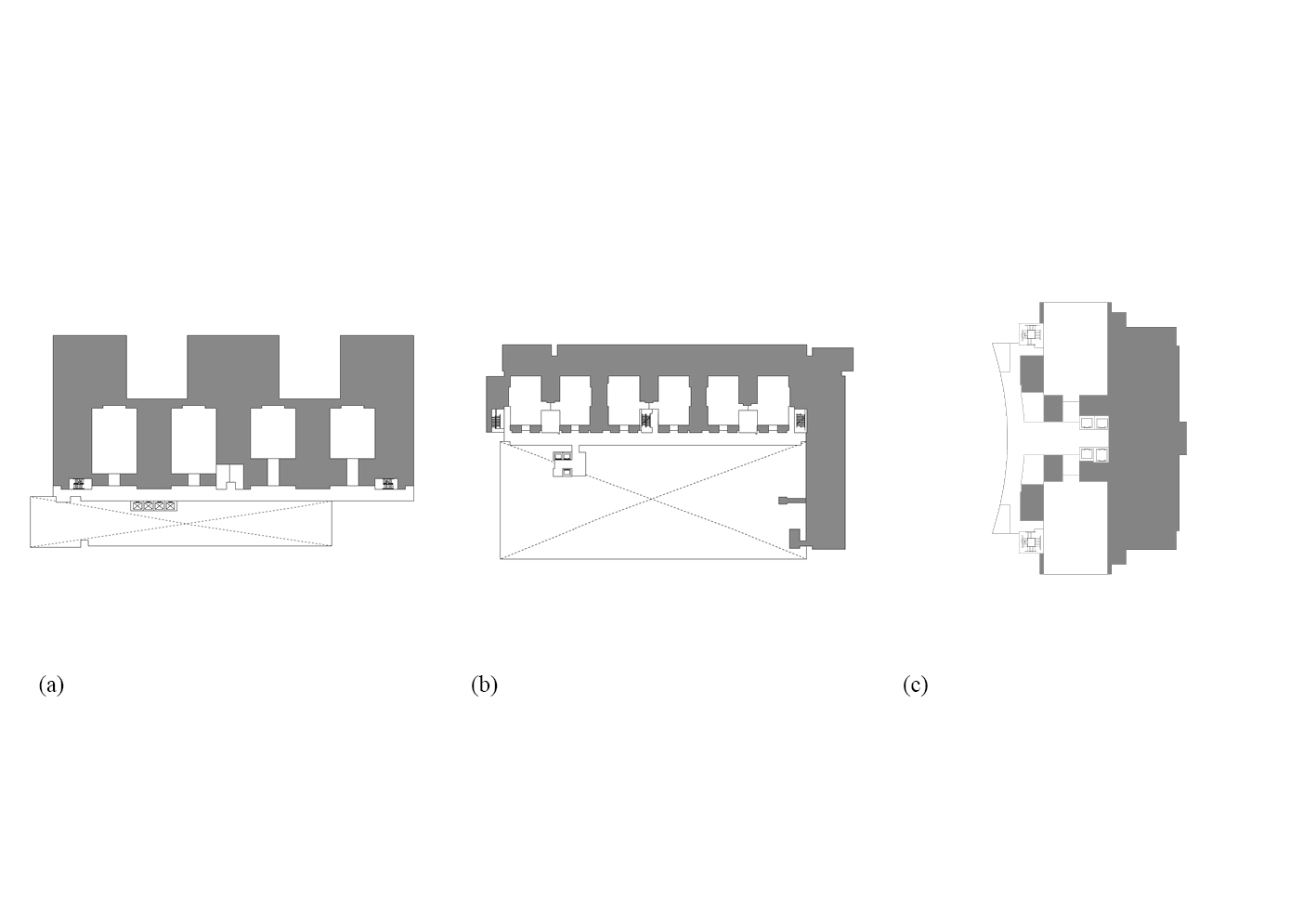
10. Figure-ground diagrams (courtrooms and public zone) of (a) Orlando United States Courthouse (Orlando, FL); (b) Sandra Day O'Connor United States Courthouse (Phoenix, AZ); and (c) Bruce R. Thompson United States Courthouse (Reno, NV)
|
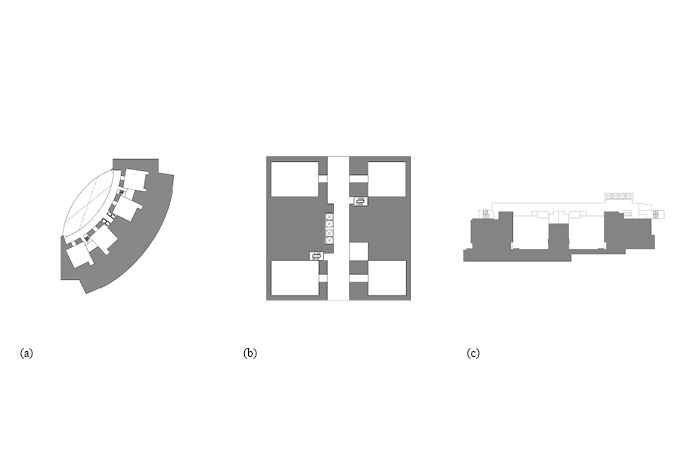
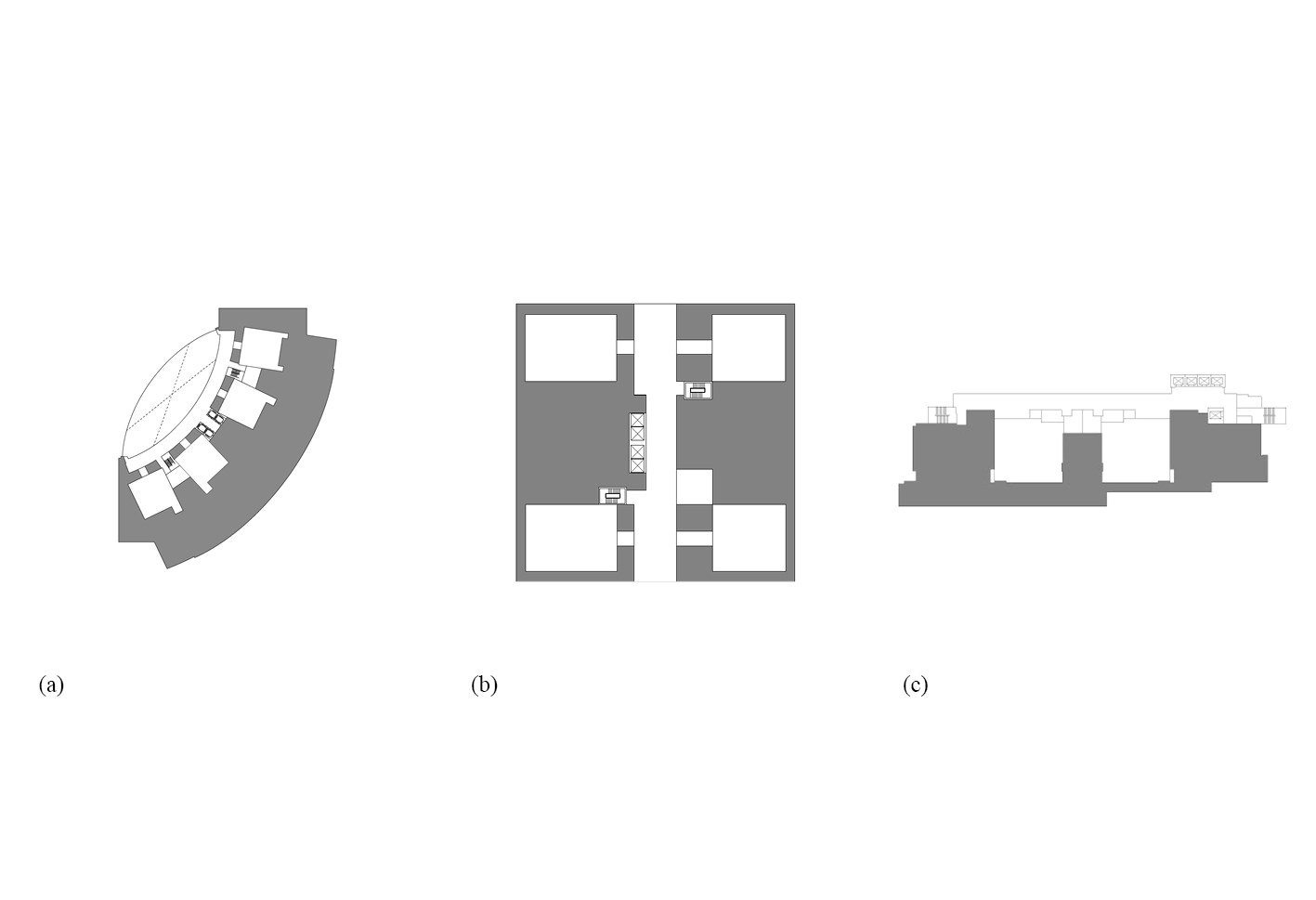
11. Figure-ground diagrams (courtrooms and public zone) of (a) Spottswood W. Robinson III and Robert R. Merhige Jr. United States Courthouse (Richmond, VA); (b) Salt Lake City United States Courthouse (Salt Lake City, UT); and (c) San Diego United States Courthouse Annex (San Diego, CA)
|
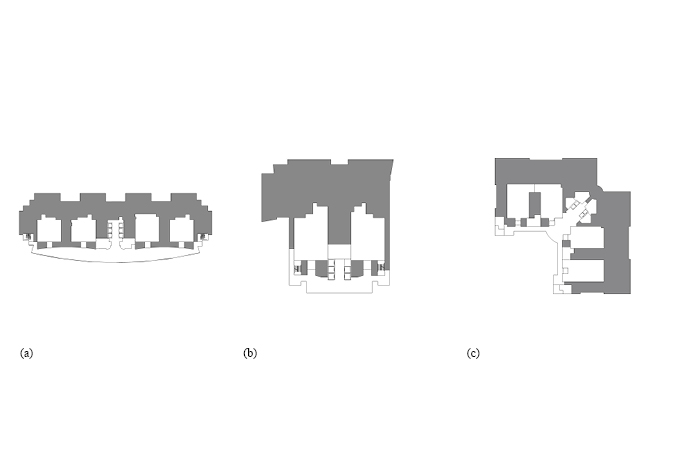
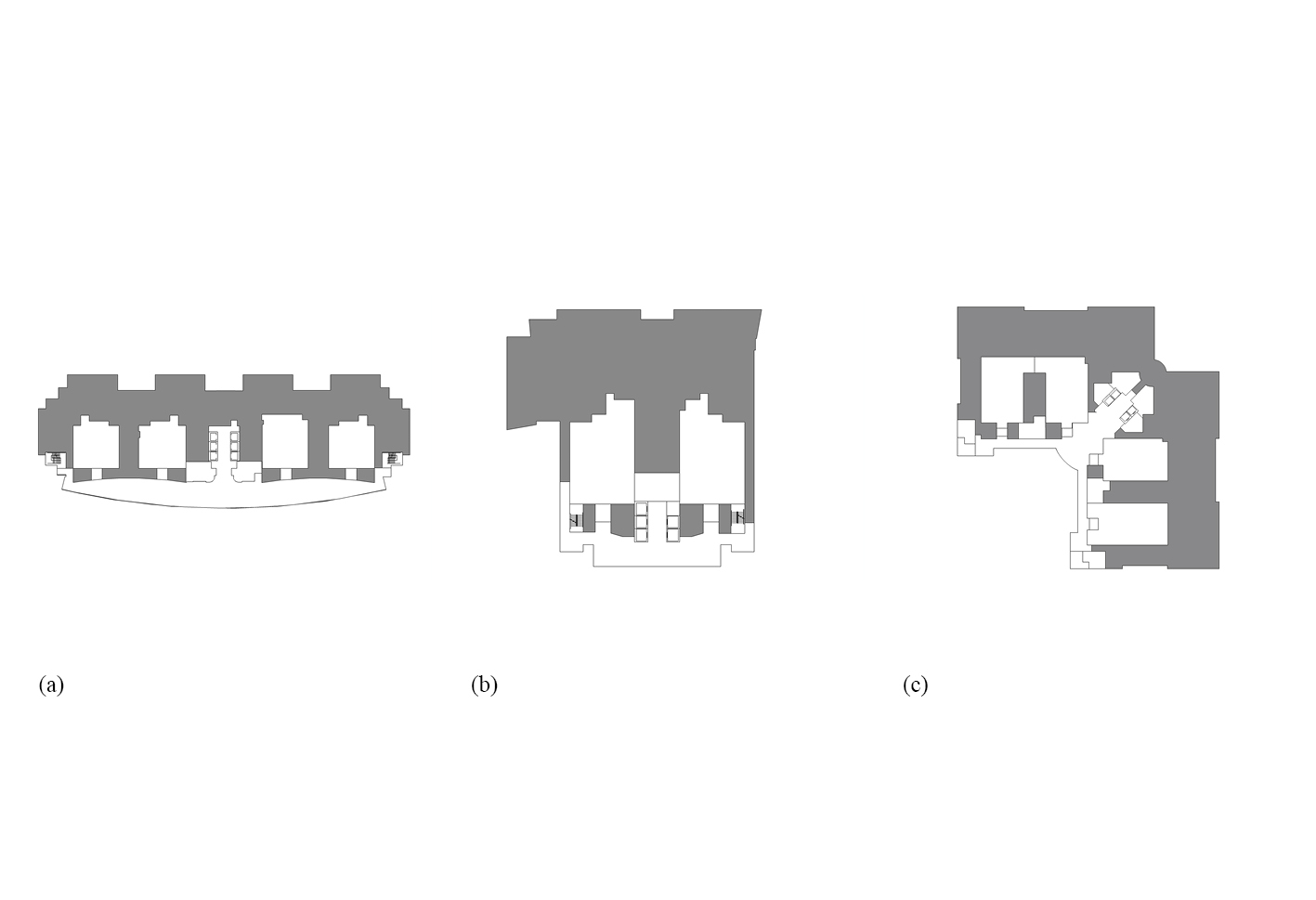
12. Figure-ground diagrams (courtrooms and public zone) of (a) Ronald Reagan United States Courthouse (Santa Ana, CA); (b) Seattle United States Courthouse (Seattle, WA); and (c) Shreveport United States Courthouse (Shreveport, LA)
|
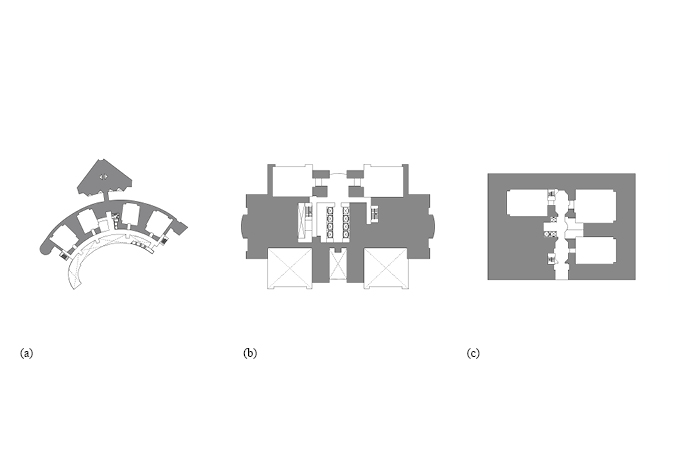
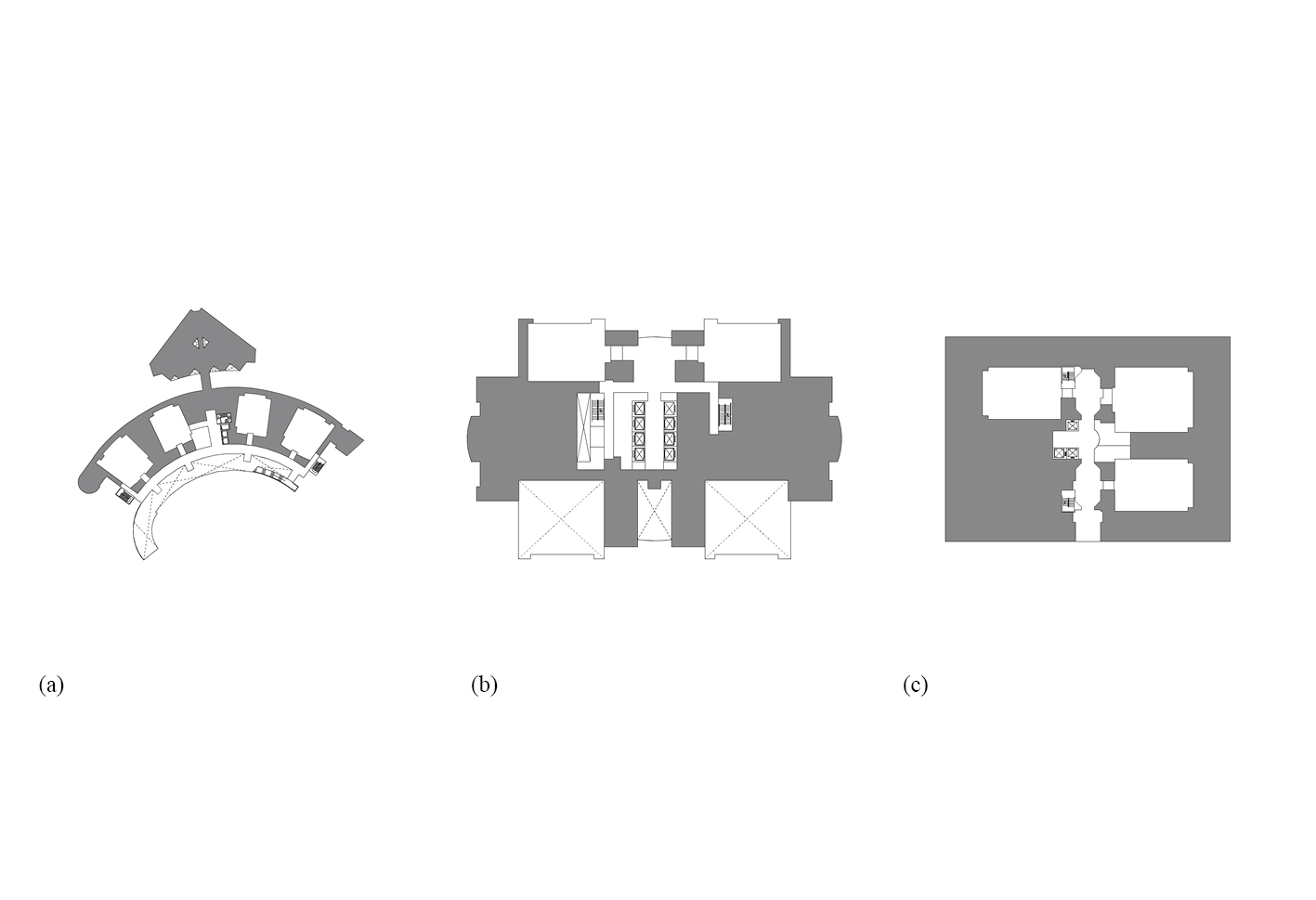
13. Figure-ground diagrams (courtrooms and public zone) of (a) Springfield United States Courthouse (Springfield, MA); (b) Thomas F. Eagleton United States Courthouse (St. Louis, MO); and (c) Tallahassee United States Courthouse Annex (Tallahassee, FL)
|
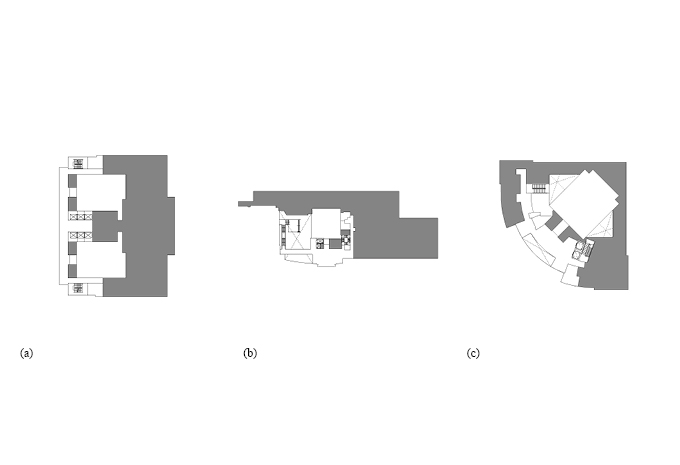
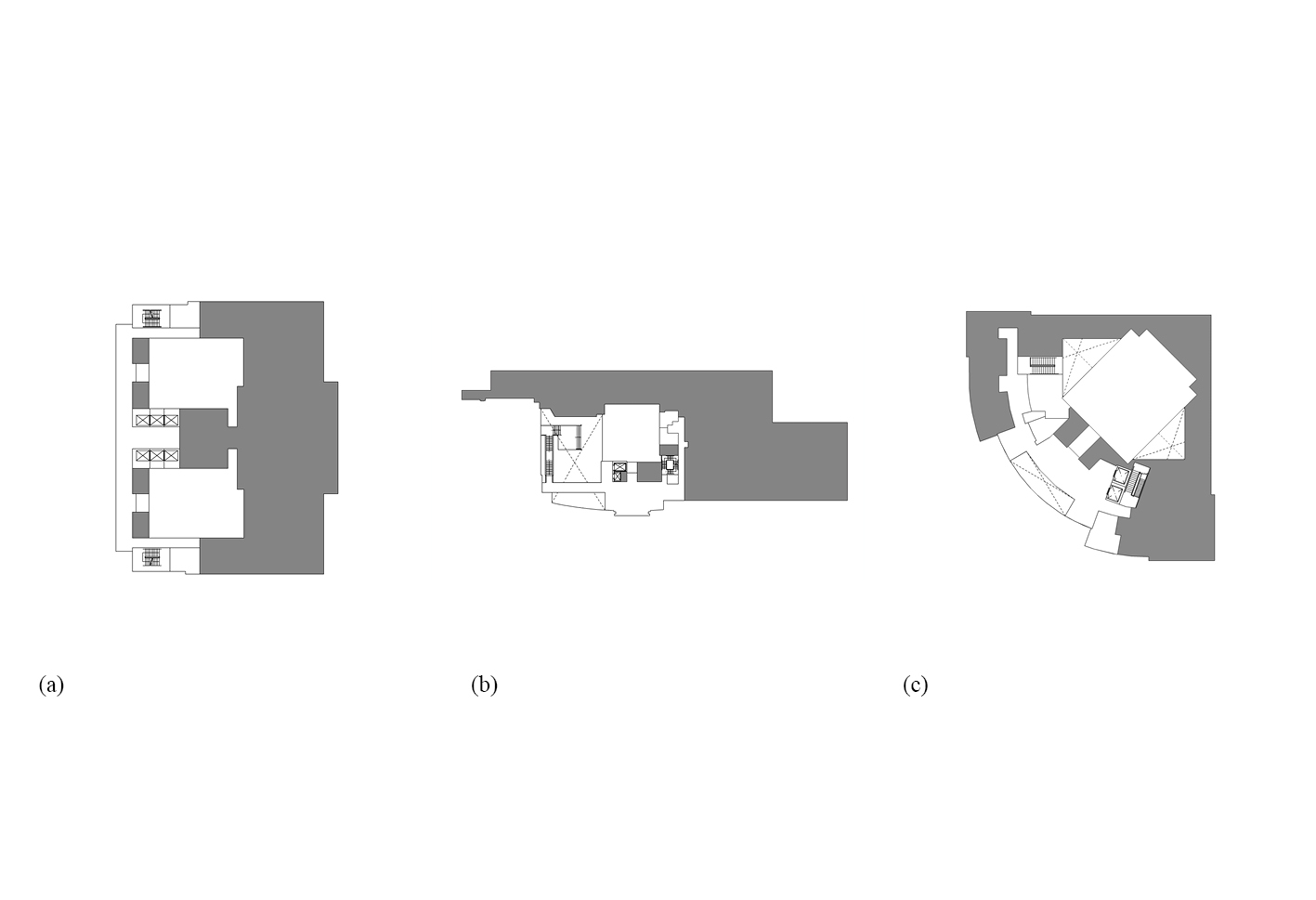
14. Figure-ground diagrams (courtrooms and public zone) of (a) Sam M. Gibbons United States Courthouse (Tampa, FL); (b) Wheeling United States Courthouse Annex (Wheeling, WV); and (c) Nathaniel R. Jones United States Courthouse (Youngstown, OH)
|
|
Contemporary U.S. courthouses pose unique design challenges. They have complex functional requirements and vary extensively in their size, volume, configuration, form, program and style. The courthouse design itself has received lots of attention in the past few years under the GSA Design Excellence Program, a program that has fostered a series of innovative designs to be built as well as a corresponding interest in the theoretical debate about the design of these buildings. For recent accounts of the functional and formal organization of these buildings see Phillips and Griebel (2003); Gruzen, Daskalakis and Krasnow (2006); Seale, (2006); Greene (2006); Leers (2006); Phillips (2006); USCDG (2007).
The tell-the-tale characteristic of federal courthouses is their division in three distinct, independent zones and networks that all meet at the courtrooms of the courthouse. These three zones are: a) the public zone intended for the circulation and accommodation of the general public, including attorneys, clients, witnesses and jurors; b) the restricted zone, intended for the circulation and accommodation of judges, court clerks, court employees and jurors; and c) the secure zone intended for the circulation and accommodation of the defendants in custody. The functional requirements of these three zones can be quite complex. For example, the public zone includes central public halls and waiting areas, as well as circulation corridors, staircases, elevators, restrooms, etc. The restricted zone includes jury facilities, judges' chambers suites, court libraries, clerks' offices, probation and pre-trial offices, court units, as well as circulation corridors, staircases, elevators, restrooms, mechanical areas, maintenance areas, storage areas, and so forth. Finally the secure zone includes holding areas and circulation corridors, staircases, elevators and so forth. All zones include and terminate into the various courtrooms that become thus, literally and figuratively, the core of the courthouse. A definitive and detailed account of the exact functions, area requirements, and accessibility relations required for the federal courthouse is given in the U.S. Courts Design Guide (2007).
Still, while the programmatic decomposition of these buildings is thoroughly documented, currently there is no consensus on the nature and spatial characteristics of the underlying configurations that can accommodate such a complex program. A first systematic attempt for the description, interpretation, and evaluation of existing federal courthouses and for the design of new ones is provided in the current study and its associated database CourtsWeb: A Visual Description of Contemporary US Courthouses (Shape Computation Lab, College of Architecture, Georgia Institute of Technology; 2008-2011; 2011-2013). The study includes a formal description of the existing courthouses that have been built under the aegis of the GSA Design Excellence Program and an associated database featuring fifty-four case studies. The database allows for an in-depth exploration for individual cases as well as cross comparisons among various courthouses of the corpus according to specific design criteria. All comparisons can also be represented in a variety of media including pictorial and numerical representations that can foreground diverse aspects of the courthouse, i.e. public spaces, courtroom spaces, jury rooms, judges' chambers, attorney rooms, networks, and so forth. These representations can be produced as outputs of queries using the Compare module of the application for any subset of the courthouses in the system and for any subset of the design criteria specified.
A new set of analytical representations offered in CourtsWeb II is the production of two-dimensional figure-ground diagrams foregrounding various key functional relations in typical courtroom plates for the complete corpus of the courthouses in the system. The figure-ground diagrams have been modeled after the notation language pioneered by Giambattista Nolli in the eighteenth century to foreground public streets, squares, and public spaces within buildings from the rest of the city fabric. The complete model includes an automated and interactive juxtaposition of thirteen functional categories within the typical courtroom plate for all the courthouses in the system.
The application is a Java/J2EE system that resides on an Oracle 11g database and utilizes technologies including JSP, Beans, Struts, CSS, AJAX, and Oracle WebLogic. The Oracle/JSP database has been designed entirely from scratch at the Shape Computation Lab to meet GSA standards of information technology and security requirements.
|
|
|
|